The secret to consistent darts often lies in your hand; mastering your grip is crucial for accuracy, and Dart Grip Problem Solving frequently involves subtle adjustments to hand placement, pressure, and release. This article will guide you through diagnosing and fixing common grip issues, helping you find a comfortable and effective hold that improves your game.
⚠️ Still Using Pen & Paper (or a Chalkboard)?! ⚠️
Step into the future! The Dart Counter App handles all the scoring, suggests checkouts, and tracks your stats automatically. It's easier than you think!
Try the Smart Dart Counter App FREE!Ready for an upgrade? Click above!
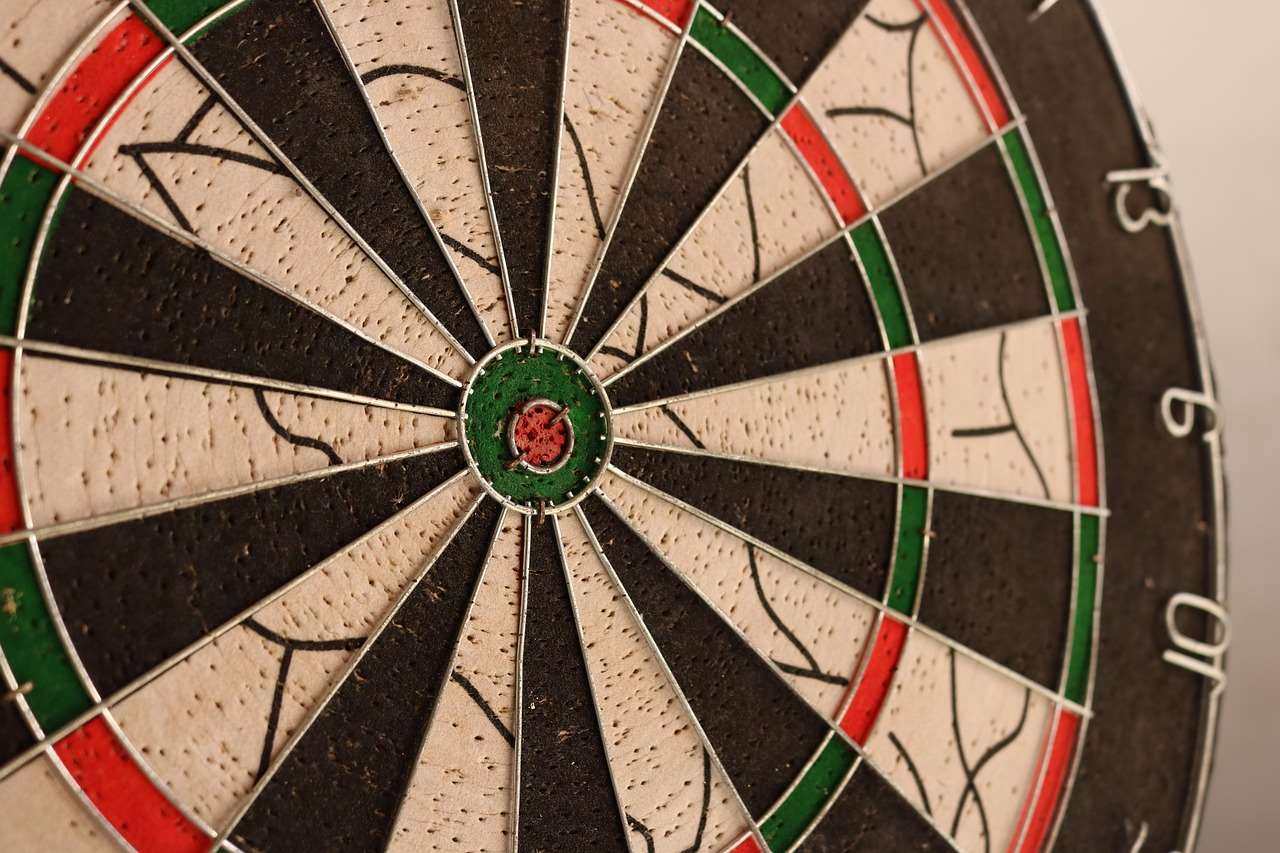
Understanding the Fundamentals of Dart Grip
A solid dart grip provides a stable platform for your throw, minimizing unwanted movement and maximizing control. Think of it as the foundation upon which your entire throwing motion is built. There’s no single “perfect” grip; rather, the ideal grip is the one that works best for you, considering your hand size, throwing style, and personal preferences. However, understanding some core principles can significantly aid in Dart Grip Problem Solving.
Key Elements of a Good Dart Grip
- Consistency: The ability to replicate your grip precisely for each throw.
- Comfort: A grip that feels natural and doesn’t cause strain or fatigue.
- Control: A grip that allows you to guide the dart accurately without over-gripping.
- Release: A grip that promotes a clean and consistent release of the dart.
Common Dart Grip Problems and Solutions
Many players encounter difficulties with their dart grip at some point. Recognizing and addressing these issues is vital for improving accuracy and consistency. Let’s examine some prevalent dart grip problems and effective Dart Grip Problem Solving techniques.
The Death Grip: Over-Gripping
One of the most common pitfalls is the “death grip,” where you squeeze the dart too tightly. This can lead to several problems:
- Tension: Excessive tension in your hand and arm restricts your throwing motion.
- Inconsistency: The amount of pressure applied can vary from throw to throw, leading to erratic results.
- Release Issues: A tight grip can interfere with a smooth and clean release.
Solution: Consciously relax your grip. Focus on holding the dart firmly enough to maintain control, but without squeezing it excessively. Imagine holding a fragile bird – you want to keep it safe, but not crush it. Experiment with a lighter touch until you find the right balance. You might also consider using darts with more grip to reduce the need for excessive pressure. For more information on best dart equipment, see Choose Best Dart Equipment.
The Slippery Grip: Not Enough Grip
Conversely, not gripping the dart firmly enough can also cause problems:
- Loss of Control: The dart may wobble or slip during your throw.
- Inaccurate Release: Difficulty in controlling the dart’s trajectory.
- Inconsistency: An unstable grip makes it difficult to repeat your throwing motion consistently.
Solution: Experiment with different grip styles and dart types. Some darts have more aggressive knurling or grip features. Consider using dart wax or grip enhancers to improve your hold, especially if you have sweaty hands. Also, ensure your fingers are clean and dry before playing.
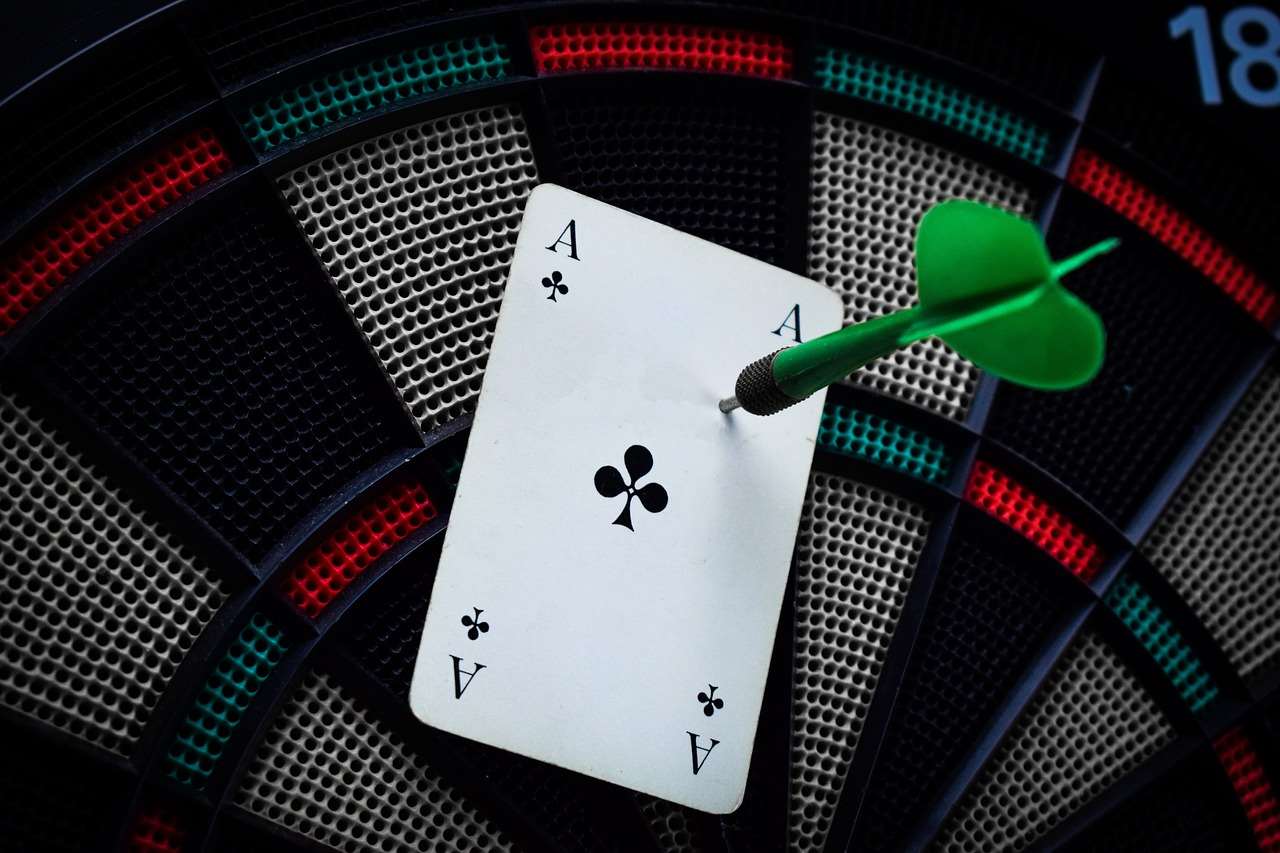
Finger Placement Issues
Where you place your fingers on the dart significantly impacts your control and release. Common finger placement issues include:
- Too Many Fingers: Using too many fingers can create unnecessary tension and complexity.
- Incorrect Finger Pressure: Uneven pressure from different fingers can cause the dart to wobble.
- Inconsistent Finger Placement: Failing to place your fingers in the same position each time.
Solution: Simplify your grip by using fewer fingers. Many professional players use only two or three fingers to hold the dart. Experiment with different finger combinations and find what feels most comfortable and controlled. Pay close attention to the pressure applied by each finger and strive for even distribution. Practice consistently to develop muscle memory and ensure consistent finger placement on each throw. This is essential for effective Dart Grip Problem Solving.
The Unclean Release
A clean release is crucial for accuracy. A poor release can introduce unwanted spin or wobble to the dart. Issues include:
- Jerky Release: An abrupt or uneven release.
- Flicking the Wrist: Excessive wrist movement during the release.
- Gripping Too Long: Holding onto the dart for too long during the throw.
Solution: Focus on a smooth and fluid throwing motion. Minimize wrist movement and let your arm do the work. Practice releasing the dart cleanly at the end of your throw, allowing it to leave your fingers naturally. Videoing your throws can help identify inconsistencies in your release.
Experimentation and Finding Your Ideal Grip
Finding the perfect dart grip is a journey of experimentation and refinement. Don’t be afraid to try different approaches and see what works best for you. Keep a record of your grips and analyze the results.
Different Dart Grip Styles
- The Two-Finger Grip: Offers maximum control and feel, but can be less stable for some.
- The Three-Finger Grip: A balance between control and stability, popular among many players.
- The Four-Finger Grip: Provides maximum stability, but can sacrifice some feel.
Experiment with each style and see which one allows you to throw most consistently and accurately. Remember that even within each style, there’s room for variation in finger placement and pressure.
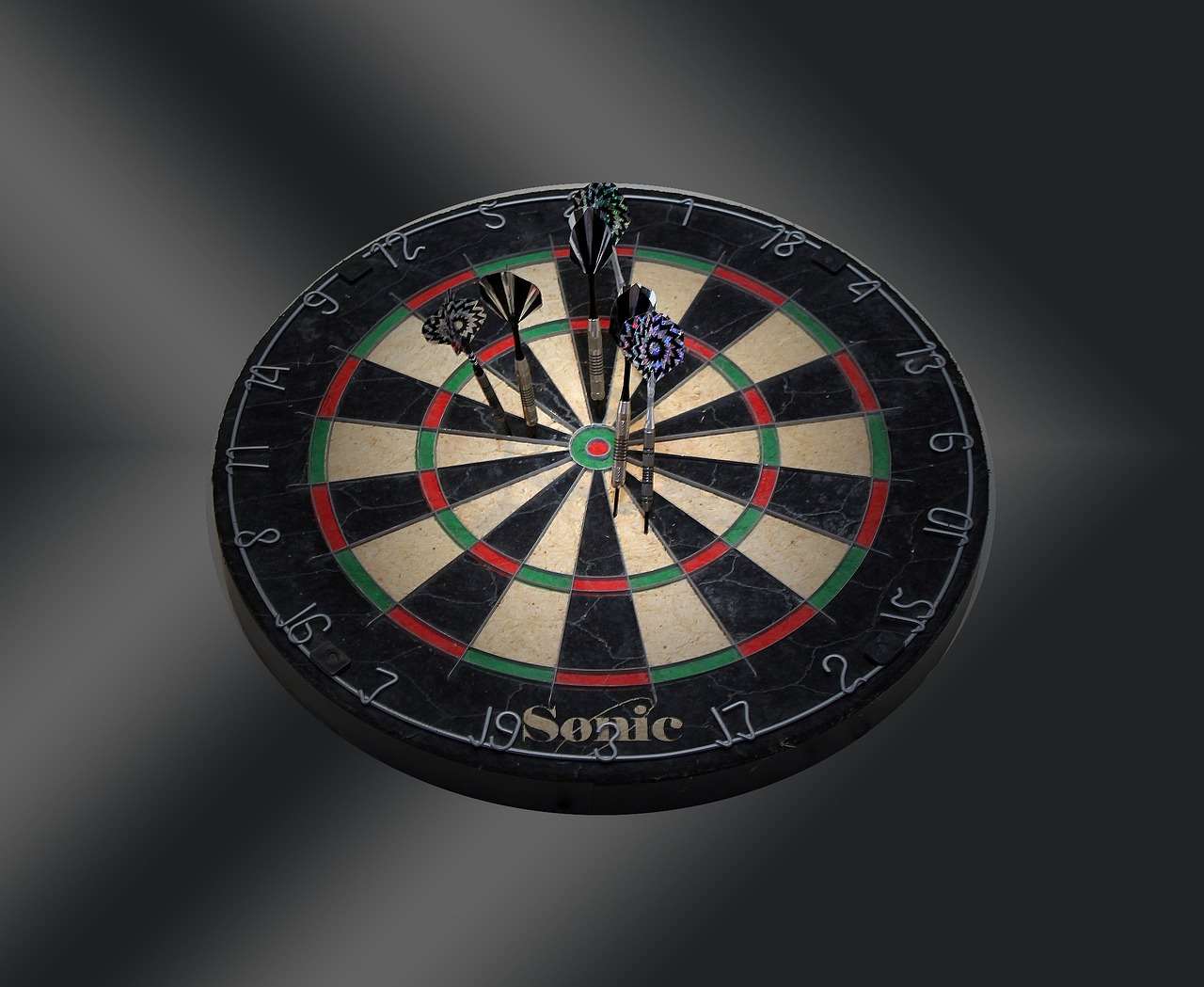
Factors to Consider When Choosing a Grip
- Hand Size: Larger hands may benefit from a grip that uses more fingers for added stability.
- Dart Weight and Balance: The weight and balance of your darts can influence the ideal grip.
- Throwing Style: Your natural throwing motion may favor a particular grip style.
Refining Your Dart Grip Through Practice
Once you’ve identified a promising grip, the key to mastering it is consistent practice. Set aside dedicated practice sessions to focus solely on your grip. Pay attention to how the dart feels in your hand and how it releases. Videoing yourself can be a valuable aid in identifying areas for improvement. This ongoing Dart Grip Problem Solving process is vital.
Drills for Grip Consistency
- Mirror Practice: Practice your grip in front of a mirror to ensure consistent finger placement.
- Blindfolded Gripping: Try gripping the dart blindfolded to develop muscle memory.
- Target Practice: Focus on hitting specific targets while maintaining a consistent grip.
Advanced Dart Grip Techniques
As you become more experienced, you may want to explore advanced dart grip techniques to further enhance your performance. These techniques involve subtle adjustments to your grip to achieve specific results.
微调 Grip Pressure
Experiment with varying the pressure you apply with each finger. For example, you might try applying slightly more pressure with your index finger to increase control, or less pressure with your thumb to improve your release. These subtle tweaks can have a significant impact on your accuracy and consistency. This is considered an expert level Dart Grip Problem Solving method.
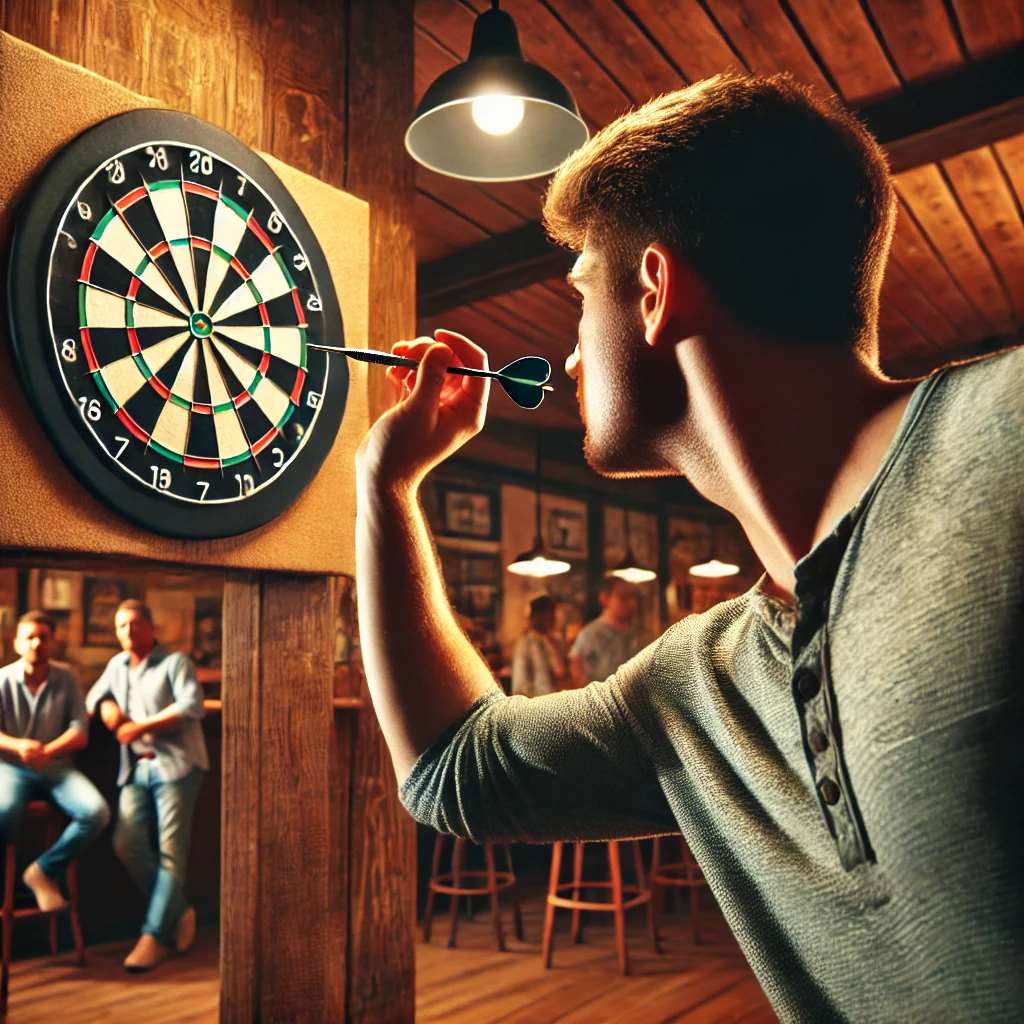
Grip and Dart Barrel Shape
The shape of your dart barrel can also influence your grip. Some barrels are designed to be gripped in a specific way, while others offer more flexibility. Experiment with different barrel shapes to find one that complements your grip style. You may even consider darts made of tungsten to change balance and grip requirements.
Grip Maintenance and Care
Maintaining a consistent grip also involves caring for your equipment and hands. Clean your darts regularly to remove dirt and grime, which can affect your grip. Keep your hands clean and dry, and consider using dart wax or grip enhancers to improve your hold. Remember, even the best grip will suffer if your equipment is not properly maintained.
When to Seek Expert Advice
If you’re struggling to improve your dart grip on your own, consider seeking guidance from a qualified dart coach or experienced player. They can provide personalized feedback and help you identify areas for improvement. Sometimes, an outside perspective can make all the difference in Dart Grip Problem Solving. They might even have alternative dart materials to suggest.
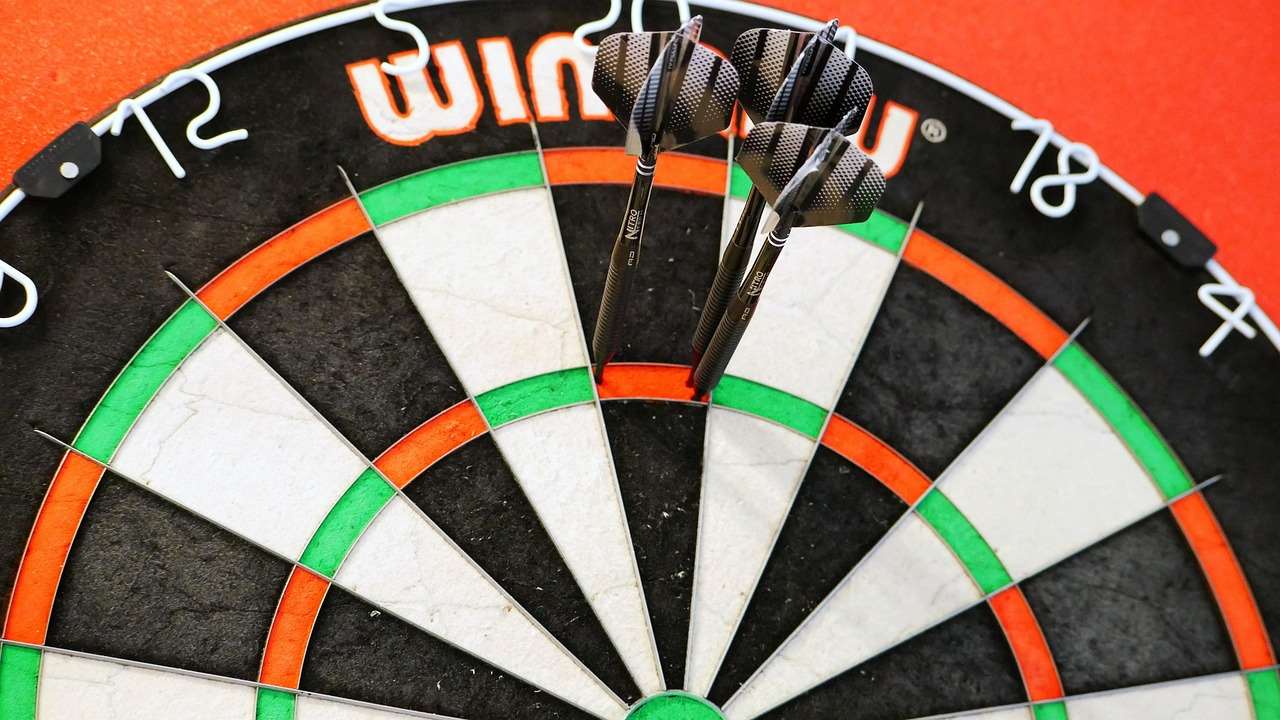
Conclusion: The Path to Dart Grip Mastery
Mastering your dart grip is an ongoing process that requires patience, experimentation, and consistent practice. By understanding the fundamentals of a good grip, identifying and addressing common grip problems, and refining your technique through practice, you can significantly improve your accuracy and consistency. Remember, the ideal grip is the one that works best for you, so don’t be afraid to experiment and find what feels most comfortable and controlled. Don’t forget to explore Choose Best Dart Equipment to ensure your darts are optimal for your grip. Now, get back to the oche and put these Dart Grip Problem Solving strategies into practice!
Hi, I’m Dieter, and I created Dartcounter (Dartcounterapp.com). My motivation wasn’t being a darts expert – quite the opposite! When I first started playing, I loved the game but found keeping accurate scores and tracking stats difficult and distracting.
I figured I couldn’t be the only one struggling with this. So, I decided to build a solution: an easy-to-use application that everyone, no matter their experience level, could use to manage scoring effortlessly.
My goal for Dartcounter was simple: let the app handle the numbers – the scoring, the averages, the stats, even checkout suggestions – so players could focus purely on their throw and enjoying the game. It began as a way to solve my own beginner’s problem, and I’m thrilled it has grown into a helpful tool for the wider darts community.